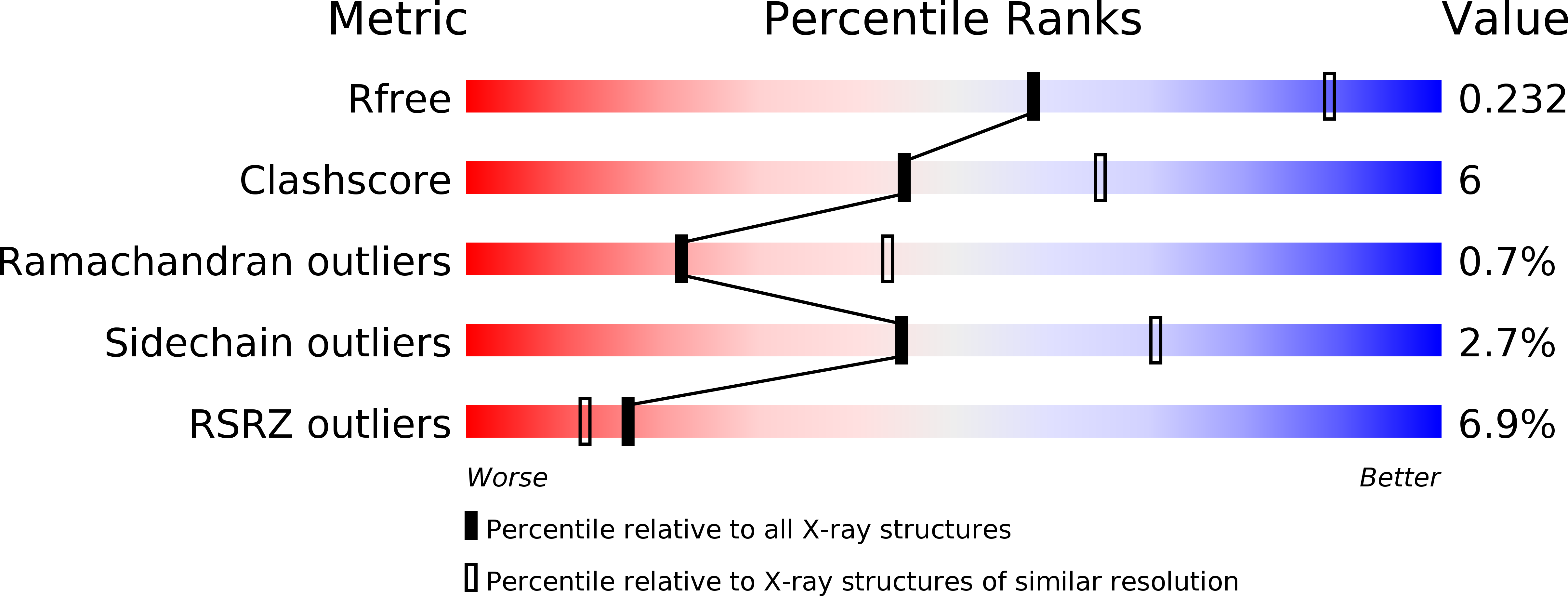
Deposition Date
2012-01-19
Release Date
2012-06-06
Last Version Date
2024-02-28
Entry Detail
PDB ID:
4DDZ
Keywords:
Title:
Crystal structure of glucosyl-3-phosphoglycerate synthase from Mycobacterium tuberculosis
Biological Source:
Source Organism:
Mycobacterium tuberculosis (Taxon ID: 83332)
Host Organism:
Method Details:
Experimental Method:
Resolution:
2.60 Å
R-Value Free:
0.24
R-Value Work:
0.21
R-Value Observed:
0.21
Space Group:
I 41


